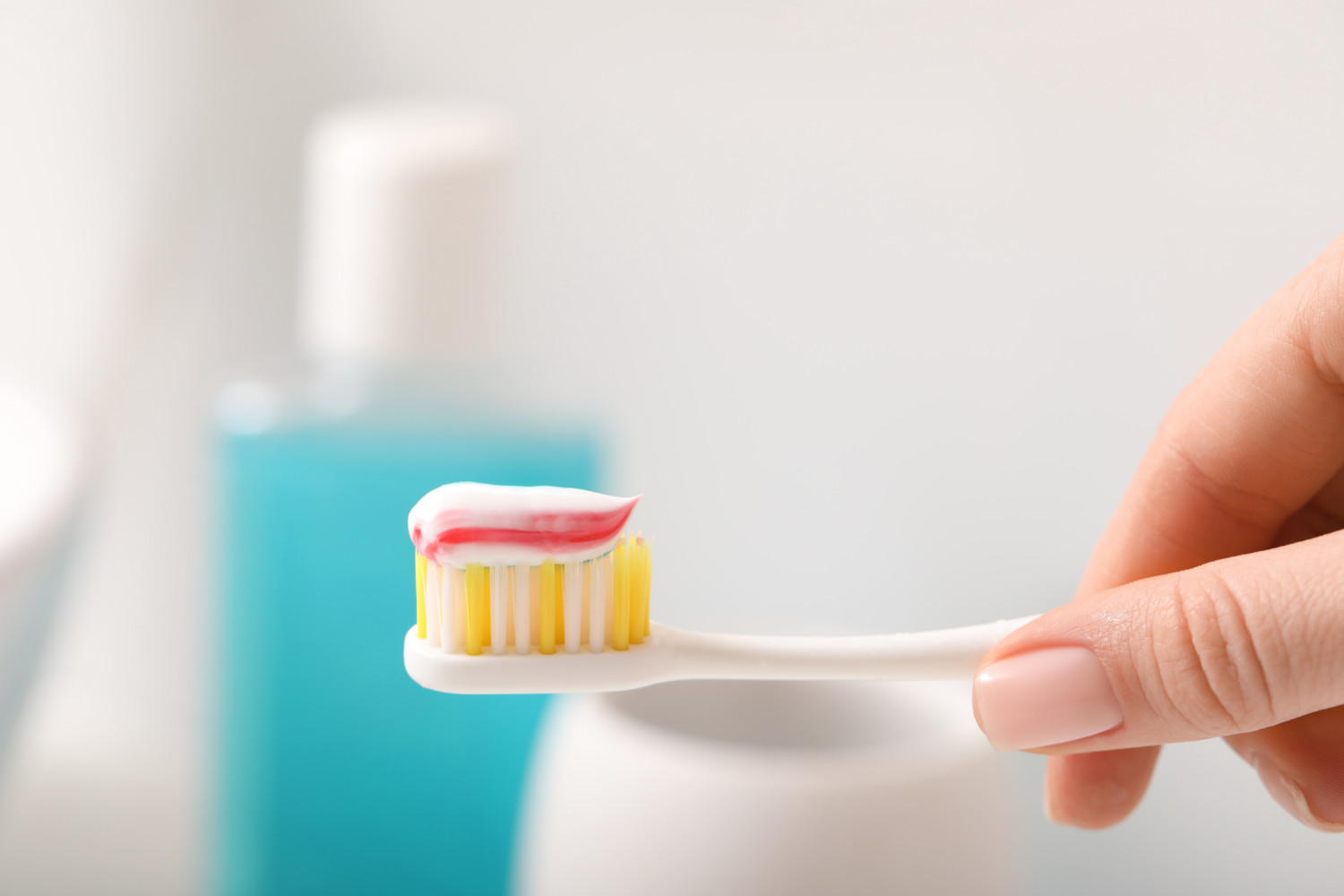Have you ever had a cavity? The Centers for Disease Control and Prevention say it’s almost a certainty.
According to the CDC, about 90% of adults aged 20 and older have had at least one cavity. In fact, the CDC also reports that one in four adults from ages 20-64 has at least one cavity right now! If you have dealt with tooth decay in the past or currently have dental issues, you might be wondering: Can you reverse a cavity?
Experts say that under certain conditions, you actually can reverse the effects of tooth decay. Taking steps to eradicate a cavity is a good idea. Along with pain, an untreated cavity can lead to an infection that leads to problems speaking, eating and even focusing on work. And if the infection becomes severe, it can spread to other parts of the body with serious — even fatal — results.
How To Tell if You Have a Cavity
Before we get into the question of “Can you reverse a cavity?” it’s helpful to determine whether you even have one. This can be challenging. The signs of a cavity can vary greatly depending on how large it is and where it is located.

Some of the symptoms you might experience with a cavity include:
- A toothache that occurs spontaneously and without any obvious trigger.
- New tooth sensitivity.
- Pain when you bite down.
- Suddenly experiencing pain when you eat or drink something hot or cold, or even something sweet.
- Noticing a visible hole or pitted appearance in a tooth.
If the cavity is very small, you might not have any symptoms at all. And even if you have some or all of these symptoms, they could be caused by another dental issue. The most reliable way to find out if you have a cavity is to go to the dentist for a routine exam.
What Causes Cavities?
Cavities occur when decay causes a hole to erode inside of a tooth. This decay is caused by a number of factors, including bacteria in the mouth, acid from certain foods and beverages, sugar that remains on the teeth after eating sweets, and insufficient brushing and flossing.

When any combination of acid, bacteria and food remain on your teeth, they create plaque. This sticky, colorless residue eats away at the natural enamel that protects your teeth.
Without enamel defending your teeth, they will begin to lose their natural minerals. When it happens frequently, you become susceptible to decay, as the plaque will begin to corrode the surface of your teeth. But, can you reverse a cavity once it’s settled in? It primarily depends on how much decay and mineral loss has already occurred.
Can You Reverse a Cavity?
The point at which you notice decay will determine if you can reverse a cavity. The good news is that it can take up to three years for a cavity to form.
Tooth decay can affect all layers of a tooth. The strong outer layer is enamel. The middle layer is called dentin. The innermost layer, called the pulp, contains the nerve endings and blood supply. This can lead to the following levels of tooth decay:
- Smooth surface decay is a slow-growing cavity that dissolves enamel. This is the easiest type to treat and the only kind that can be reversed without professional help.
- Pit and fissure decay cavities usually form on the top of the tooth’s chewing surface. However, this decay can also damage the front of back teeth. Pit and fissure decay progresses quickly.
- Root decay occurs when gums recede, exposing the root to plaque and acid. This type primarily affects older adults whose gums have receded.

If you are able to detect smooth surface decay, you can take steps to reverse it. Because mineral loss causes this type of decay, using fluoride can reverse or stop a cavity’s progress. Fluoride replaces lost minerals and prevents further loss. It also reduces bacteria’s ability to produce acid.
There are several ways to get extra fluoride:
- Drink fluoridated water. The CDC reports that 73% of the U.S. population on community water systems have access to fluoridated water. It is important to note that most bottled water does not contain enough fluoride to prevent tooth decay.
- Brush with a toothpaste that contains fluoride. Avoid rinsing after you brush. You might also wish to rinse with fluoride mouthwash between brushing.

If these methods of reversing a cavity are not working as quickly or as effectively as you hoped they would, contact your dentist. They may be able to offer more solutions, such as the following:
- Applying fluoride gel or varnish to the surfaces of your teeth.
- Prescribing fluoride tablets.
- Prescribing a fluoride mouth rinse.
Unfortunately, pit and fissure decay or root decay is usually impossible to reverse yourself. In this case, you will need to visit your dentist for a check-up and, most likely, a filling or other procedure, such as a root canal or extraction.
This story originally appeared on Simplemost. Checkout Simplemost for additional stories.


